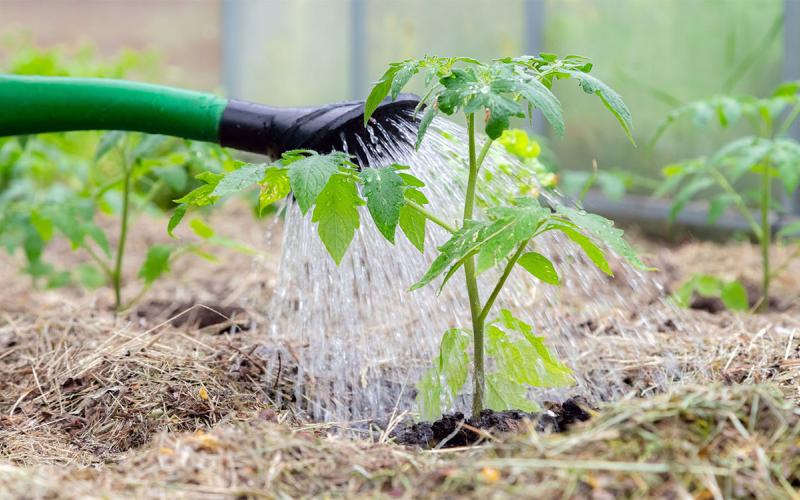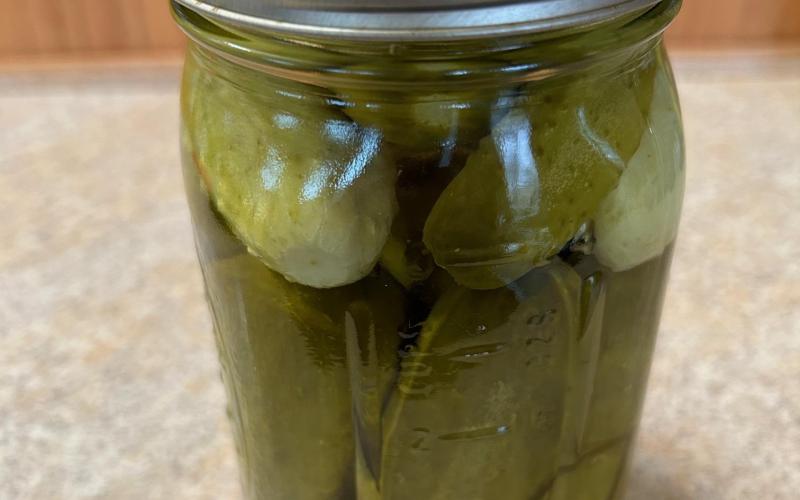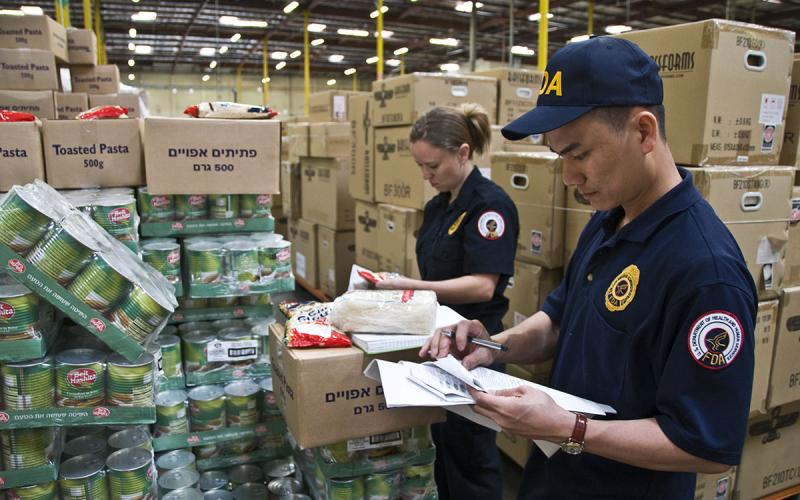Written by Lavonne Meyer (former SDSU Extension Food Safety Field Specialist).
Holiday traditions include making tasty treats from frosted sugar cookies to homemade ice cream. They are all delicious, but hidden bacteria could be lurking in uncooked eggs, so refrain from tasting raw cookie dough or cake batter. Even grade A eggs with clean, uncracked shells can be contaminated with Salmonella Enteritidis bacteria. That's why it's important to cook eggs thoroughly to kill any bacteria that may be present. If you have a favorite recipe that includes raw eggs, you can modify the recipe by cooking the eggs thoroughly before adding the rest of the ingredients.
Although the overall risk of egg contamination is very small, the risk of foodborne illness from eggs is highest in raw and lightly cooked dishes. To eliminate risk and ensure food safety, replace all your recipes calling for raw or lightly cooked eggs with cooked egg recipes or use pasteurized shell eggs or egg products when you prepare them. To cook eggs for these recipes, use the following methods to adapt your recipes:
Cooking Whole Eggs for Use in Recipes

As a nutritious combination of egg whites and yolks, whole eggs should be fully cooked for assured safety in recipes that call for raw or lightly cooked eggs. The following method can be used with any number of eggs and works for a variety of recipes for ice cream or eggnog.
In a heavy saucepan, stir together the eggs and either sugar, water or other liquid from the recipe (at least 1/4 cup sugar, liquid or a combination per egg). Cook over low heat, stirring constantly, until the egg mixture coats a metal spoon with a thin film or reaches 160° F. Immediately place the saucepan in ice water and stir until the egg mixture is cool. Proceed with the recipe.
Cooking Egg Yolks for Use in Recipes
Because egg yolks are a fine growth medium for bacteria, cook them for use in mayonnaise, Hollandaise sauce, Caesar salad dressing, chilled soufflés, chiffons, mousses and other recipes calling for raw egg yolks. The following method can be used with any number of yolks.
In a heavy saucepan, stir together the egg yolks and liquid from the recipe (at least 2 tablespoons liquid per yolk). Cook over very low heat, stirring constantly, until the yolk mixture coats a metal spoon with a thin film, bubbles at the edges or reaches 160° F. Immediately place the saucepan in ice water and stir until the yolk mixture is cool. Proceed with the recipe.
Cooking Egg Whites for Use in Recipes
Cooking egg whites before use in all recipes is recommended for full safety. The following method can be used with any number of whites and works for chilled desserts as well as Seven-Minute Frosting, Royal Icing and other frosting recipes calling for raw egg whites.
In a heavy saucepan, the top of a double boiler or a metal bowl placed over water in a saucepan, stir together the egg whites and sugar from the recipe (at least 2 tablespoons sugar per white), water (1 teaspoon per white) and cream of tartar (1/8 teaspoon per each 2 whites). Cook over low heat or simmering water, beating constantly with a portable mixer at low speed, until the whites reach 160° F. Pour into a large bowl. Beat on high speed until the whites stand in soft peaks. Proceed with the recipe.
Note that you must use sugar to keep the whites from coagulating too rapidly. Test with a thermometer as there is no visual clue to doneness. If you use an unlined aluminum saucepan, eliminate the cream of tartar or the two will react and create an unattractive gray meringue.
The egg whites in an Italian meringue (made by adding hot sugar syrup to egg whites while beating them) do not reach much above 125° F, so this method is not recommended, except for dishes that are further cooked. If, however, you bring the sugar syrup all the way to the hardball stage (250 to 266° F), the whites will reach a high enough temperature. You can use a sugar syrup at hardball stage for Divinity and similar recipes.
If you are making a recipe that will not be cooked, use pasteurized dried or pasteurized refrigerated liquid egg whites. Egg substitutes often contain gums and/or added salt, which can hamper foaming. Pasteurized dried and pasteurized liquid egg whites on the retail market either contain no other ingredients – for recipes where little foaming is required – or contain only a whipping agent – for recipes that require a stable foam. Follow package directions to substitute pasteurized dried or pasteurized refrigerated liquid egg whites for raw egg whites or use about 2 tablespoons water and 2 teaspoons dried egg white or 2 to 3 tablespoons liquid egg white for each large egg white.
You should always make an egg-based ice cream from a cooked stirred custard. After cooking and cooling, transfer the custard to a small container, then quickly and thoroughly chill it before freezing. Custard that cools too slowly provides an ideal temperature for bacterial growth. If you are making several batches and your refrigeration facilities are not adequate for quick cooling, substitute pasteurized shell eggs or pasteurized refrigerated liquid or pasteurized frozen eggs for the eggs in your recipe.
It might be time to create a new tradition within your family. Retire grandma’s recipe and consider using this Vanilla Frozen Custard Ice Cream Recipe from the American Egg Board.
References:


